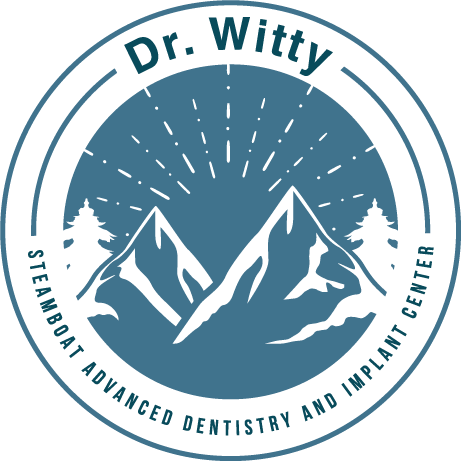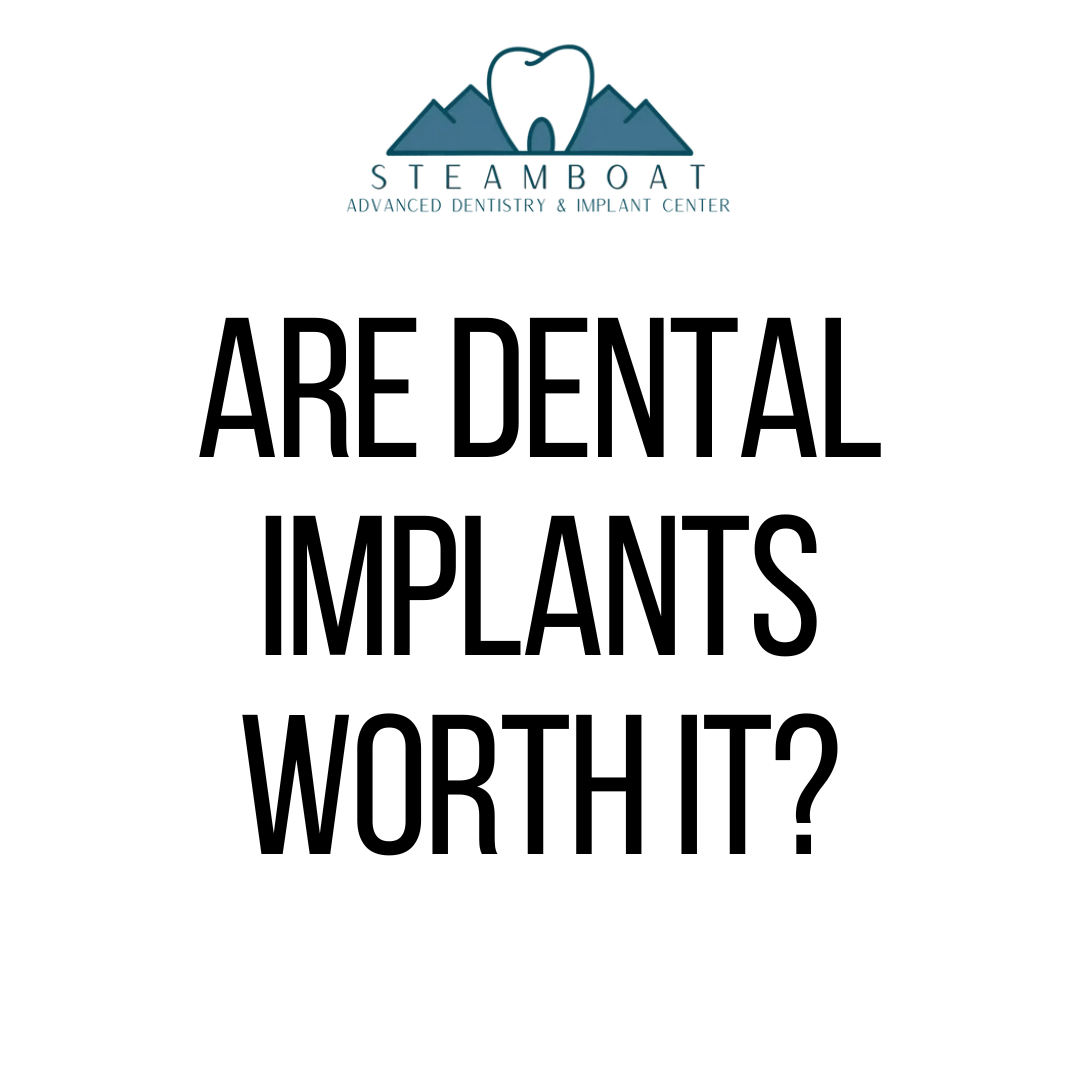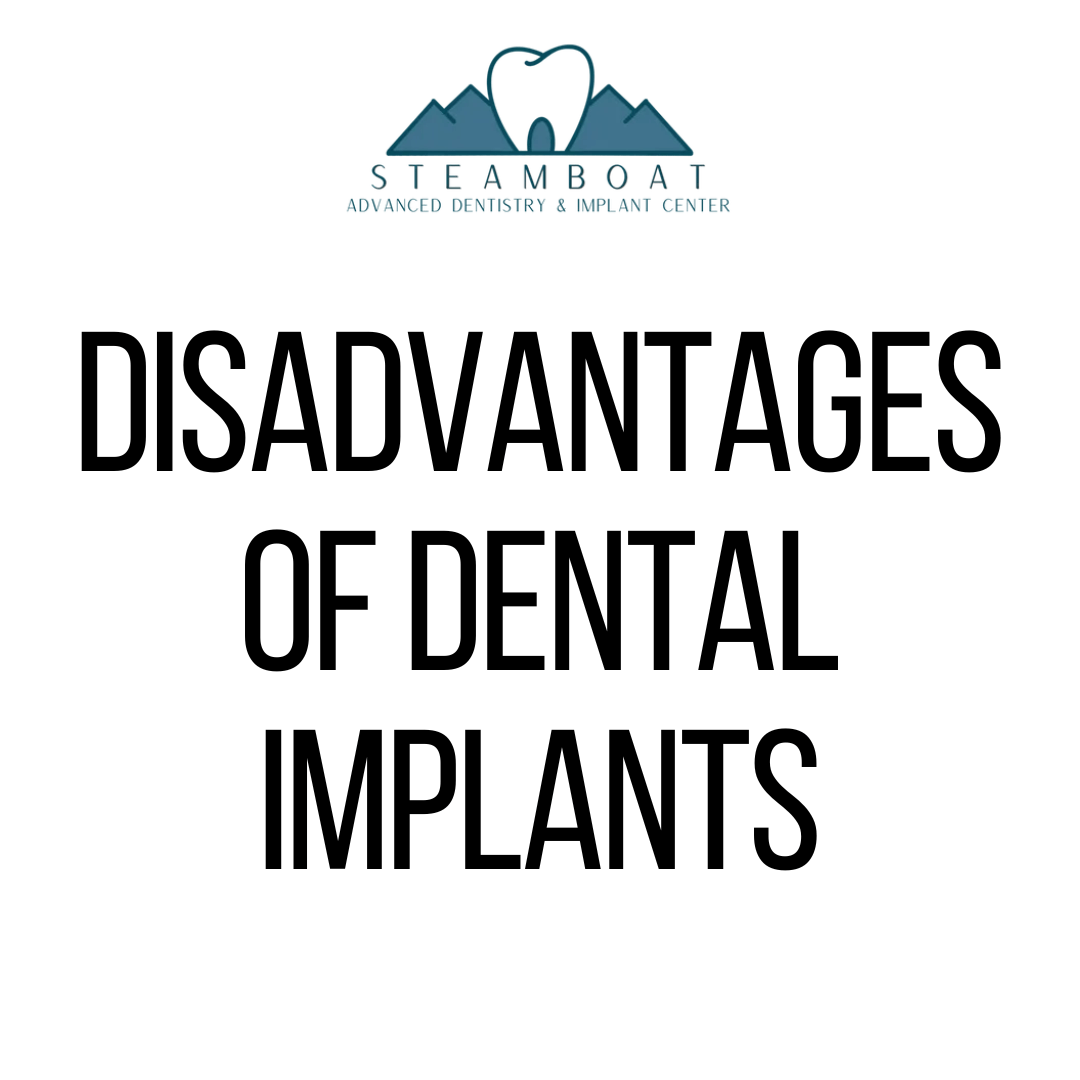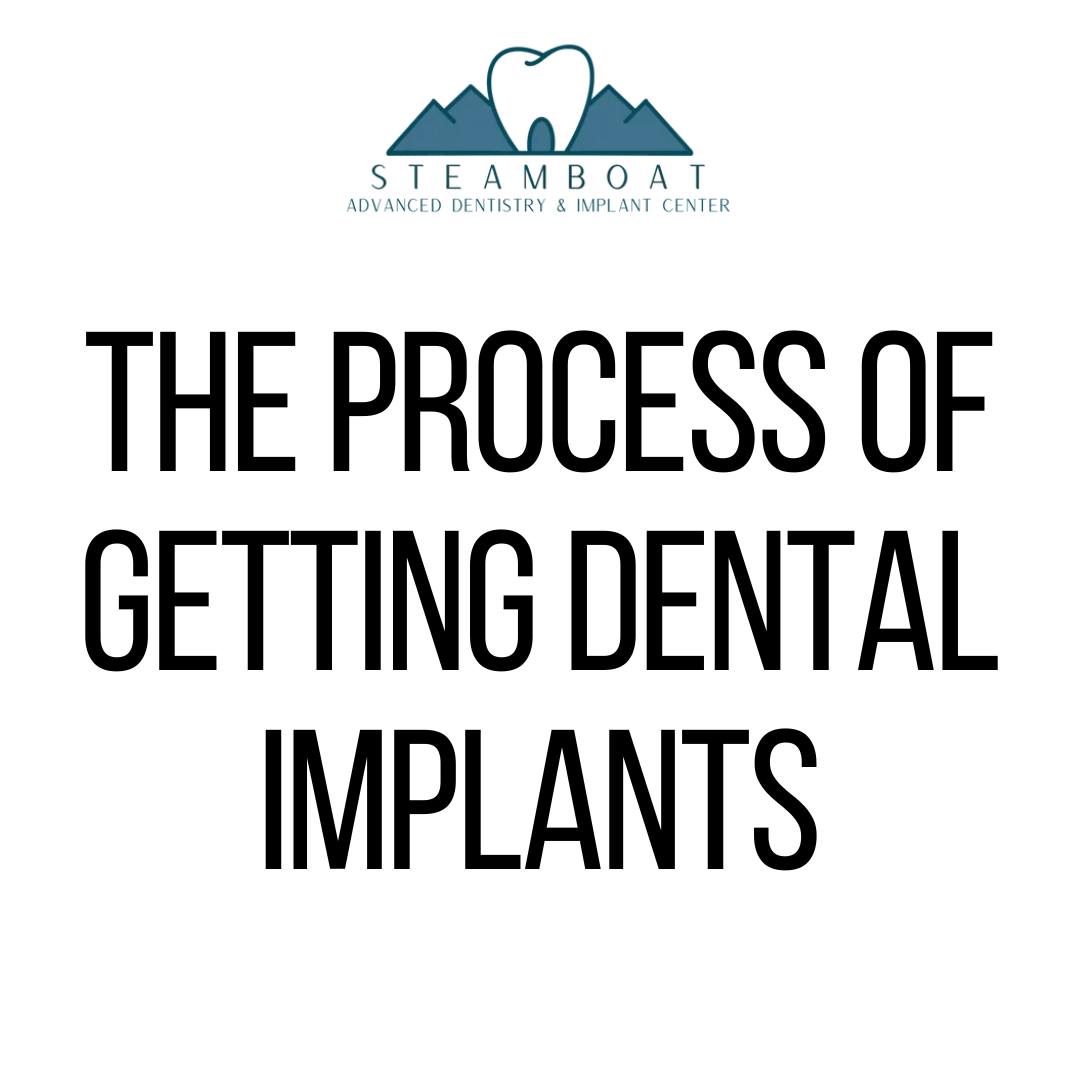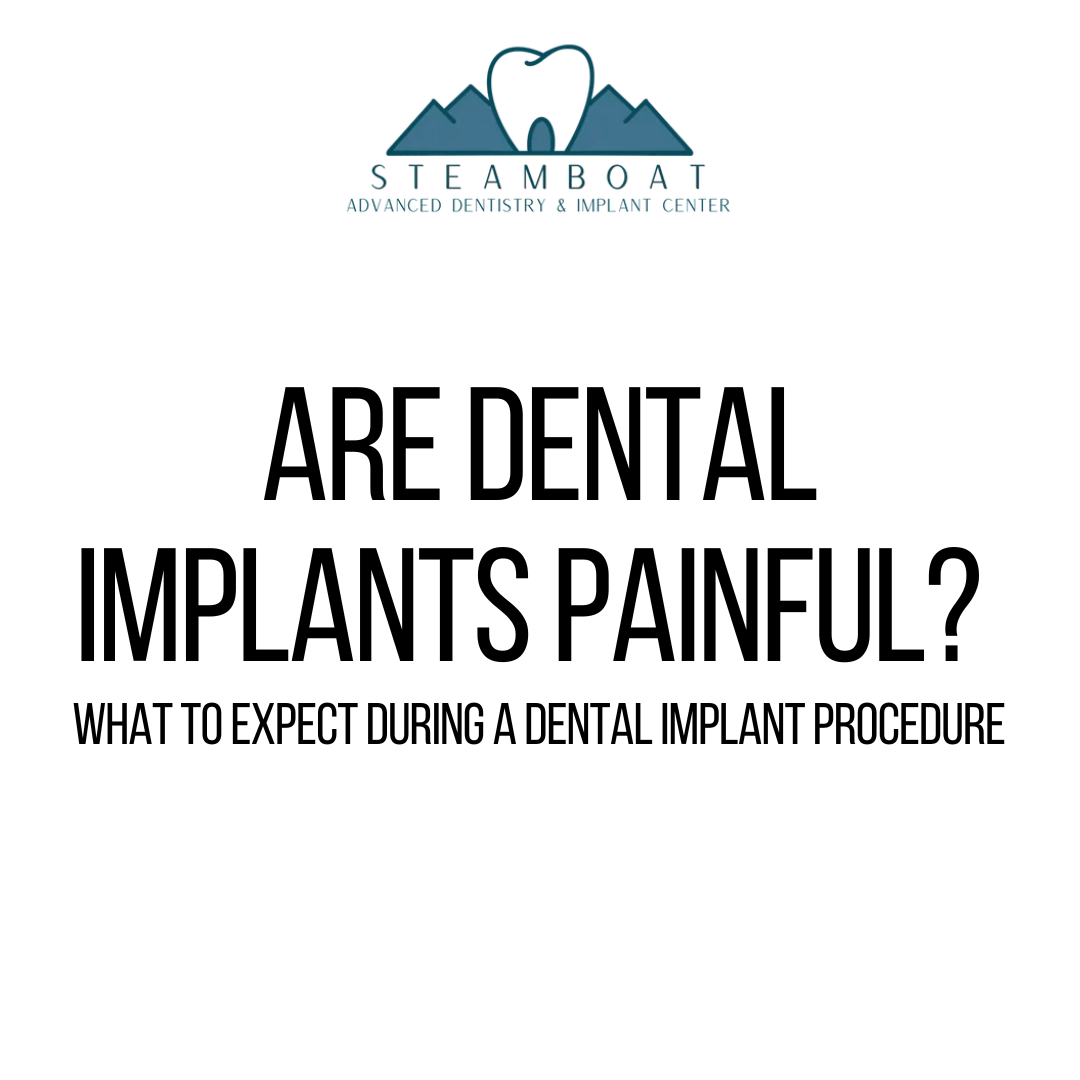Your Best Option for Replacing a Missing Tooth or Teeth
The modern advancements in dentistry have combined artistry and science, providing you with many beautiful and strong options to replace a single tooth, a few teeth, or all your teeth. It’s best to consult your local dentist to determine the best option that meets your needs, such as the number of teeth needing to be replaced, time, and budget.
We are going to go over the three most common options for replacing a missing tooth or teeth:
- Bridge
- Dental Implant(s)
- Partial or Full Denture
Bridge
A bridge is your more budget-friendly option if you only have one or a few missing teeth. Bridges are anchored to a natural tooth fitted with a crown on both sides or, in some cases, only on one side. Your natural teeth on the side of the gap support the bridge.
In the area where the teeth are missing, crowns are fused together as a bridge to span the gap. There is no support below the crowns. All the support comes from the sides, just like a bridge.
Because of the lack of support below the crowns, bridges don't have as much biting force, and you may feel a bit of flex when you bite down.
Additionally, a bridge requires meticulous upkeep because the space under the crowns tends to catch food and build plaque. Plastic proxy brushes and a Waterpik are excellent homecare choices for keeping a dental bridge healthy. Though they take thorough home care, they can quickly and more inexpensively fill the void of a missing tooth or teeth. The crowns of the bridge are custom-made to match your natural teeth seamlessly.
Implants are sometimes used in conjunction with bridges. Implants are a fantastic alternative to replacing missing teeth. However, if many teeth need to be replaced, replacing them with implants may be too costly, so using a combination of bridges and implants can be a suitable compromise.
Dental Implants
Dental implants provide stability, beauty, and the most natural tooth-like feel. Chewing, talking, and homecare is just like a natural tooth. But they are more expensive because of their greater complexity and multiple appointments.
Dental implants are a surgical treatment requiring the placement of a titanium post into the jaw bone. Don't let the sound of surgery be the deterrent. It is relatively painless. A local anesthetic numbs the area while the dentist places the titanium post.
After the post has healed, an abutment post is attached above the gum to hold your new crown. Dental implants are the strongest, most natural-looking, and feeling option with a long life.
Dental implants can replace individual teeth or can be used to secure bridges and dentures. For more pros and cons of dental implants check out this
article.
Dentures
If you have many or all teeth needing to be replaced, a partial or complete denture could be your best option. If necessary, any unhealthy teeth would need to be removed. Once healed, impressions are taken to design your custom denture.
Dentures have come a long way and look more like natural teeth than ever. Dentures are not quite as
set it and forget it as many may think. They require good hygiene habits to keep the gum tissue healthy, and it's best if you give your gums time to breathe daily without the denture in place.
Additionally, the mouth changes shape over time, and adjustments will likely be needed to your denture. Routine dental check-up appointments should remain to keep your mouth and denture healthy.
Best option to replace missing teeth
To find the solution that best matches your needs, book a consult with your local dentist. If you are interested in dental implants or other options to replace missing teeth and are in the Steamboat Springs, CO area, we would be happy to answer all your questions!
